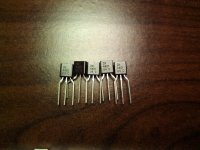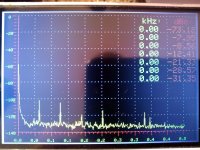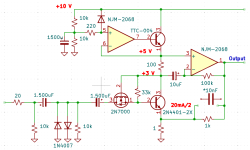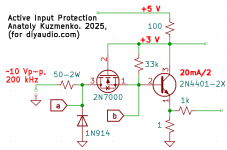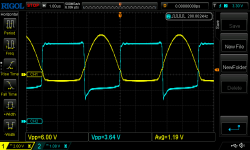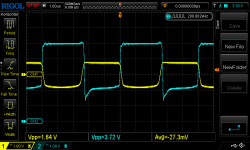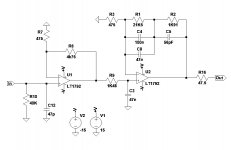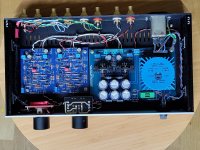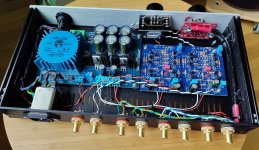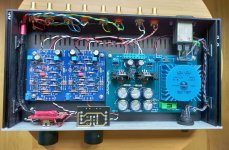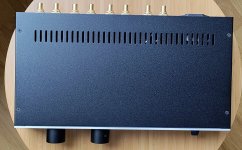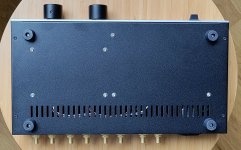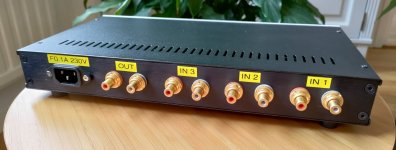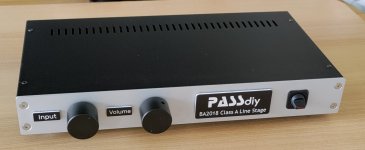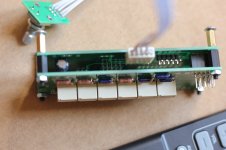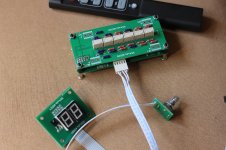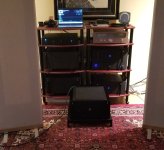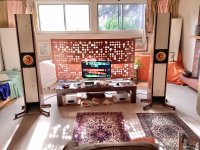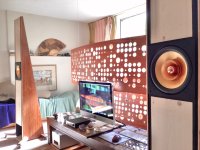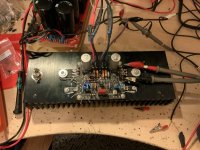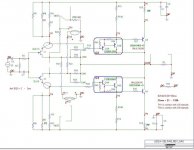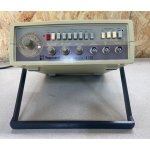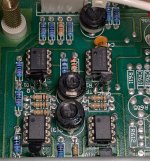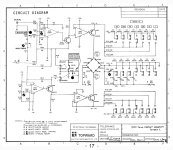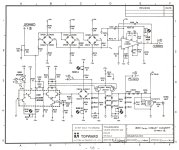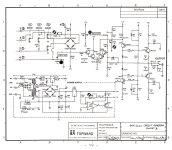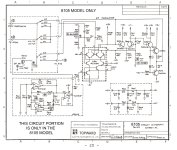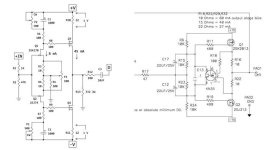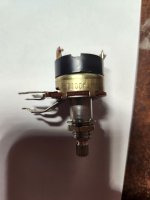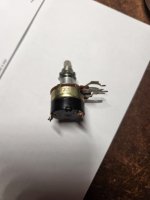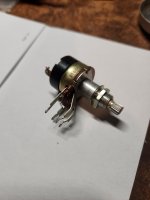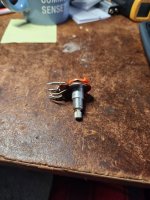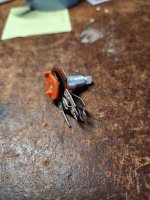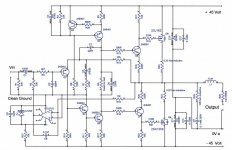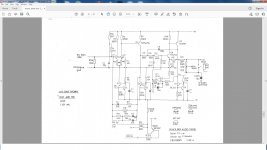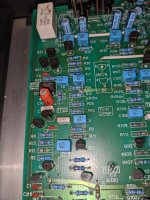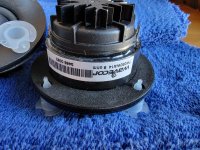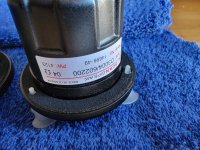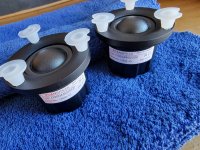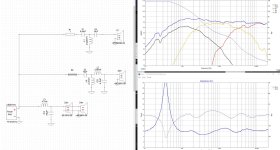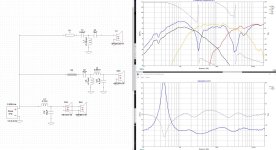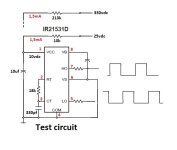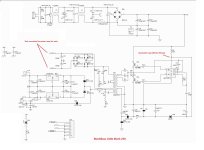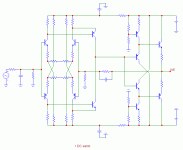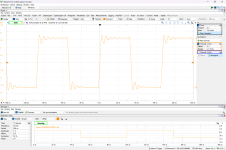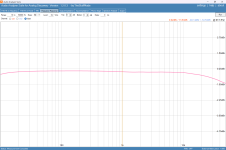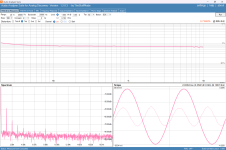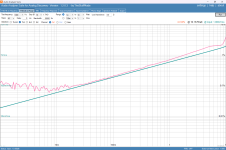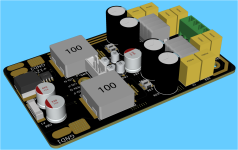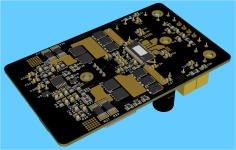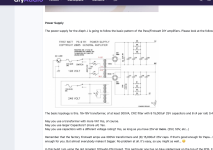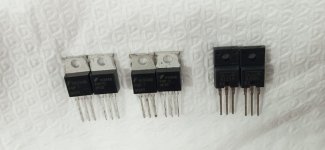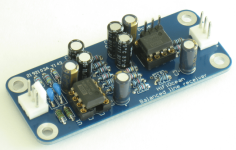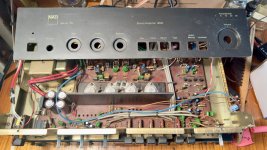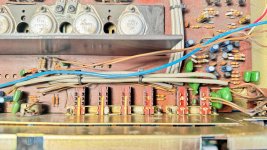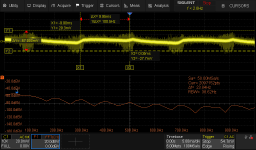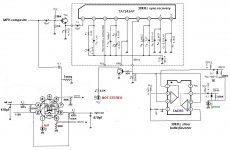BA3 Bal / Bridged F4s vs XA252 MOSFET
So, so much discussions about components, bias adjustments, color of the LEDs, twisting or not twisting wires, noise, boxes, heat, overheat, etc, etc...
But at the end of the day, assuming nothing smokes, shorts, sparks, capacitors don't dry out in 20 years or the Sun doesn't go nova on us.....
... we sit down to listen.
So, how do the amps sound?
Most of the time, people tend to just listen to the amp.... and enjoy, but sometimes, well, you got two amps, or variations of an amp, and you think...
HMMM, which sounds better?
And, then... what if I were to mix and match? Hmmm......
+++
I recently received my XA252 base amp, the one with the MOSFET pucks, it replaces the problematic 252SIT... and I was asked to compare the sound of the 252 with the objects currently on the rack, a pair of bridged F4s with a BA3 balanced... driving the Maggie 1.7.
I compared them by treating the BA3/F4s as a unit. So I moved the balanced interconnects from the Iron Pre to the BA3 or 252. Everything else was the same, source, preamp, speakers, cables.
I also have a memory of how the bridged F4s sound in my little Audio Note speakers.... and how the 252SIT drove them as well. ( I never had the 252SIT on the Maggies). More on that anon.
So, how did the amps sound on the Maggies?
BASS:
The BA3/F4s have bass slam that needs to be heard. There's is true impact to the bass, it is quick, articulated, fast. You can feel the notes being plucked and the waveform being launched from the speaker. It feels like a subwoofer is hooked up, but much faster (1). (2)
The 252 do not have that deep bass, nor the control. They have good bass, mind you, but their sound is lean in comparison.
POINTS: BA3/F4 wins. Hands down.
MIDRANGE:
The 252 has a beguiling sound. The voices, the piano feel likes they are in the room with you. You can hear the phrasing of the singer's voice, the piano has beautiful sonority, a richness of tone that is to be heard. So does the guitar, the saxophone... it's all sweet and rich and believable. Not overripe, mind you, the instruments are distinct, separate, the soundstage is exceptional. The depth is a little bit shortened though as instruments and vocals move forward.
Sort of like my tube amp. It's all about the harmonics. Sound you can take to the desert island and not be bothered by any thing else... a Forever Sound. It was a rainy afternoon here in SoCal while I was listening, the tunes brightened up my day considerably.
However, we are never happy, what if? So...
So, the BA3/F4.... well, they are cleaner sounding. The instruments are not so rich. Overtones are realistic. They sound very accurate, the soundstage is perhaps not as deep and the voices are laid out farther back. Most likely they are where they should be, all about the melody, not the harmony. A sunny day after a rainy day...
The BA3/F4 are like a Palo Cortado sherry. Great bouquet, aroma and a dry finish that doesn't overwhelm the rest of the flavors.
The 252 is like a good Cream Sherry or a Ruby Port. Great bouquet and all of that.
POINTS: I just gotta give the points here to the 252. It is a lovely sound. Like an Aleph gone to finishing school.
TREBLE
I gotta say I didn't pay that much attention at this point to the treble. Both amps are airy, with very realistic treble. The cymbals come through cleanly and clearly. The sound is never dark and the treble is never "shhhhh" or tizzy. It is what it is. Good place in the soundstage.
That said, the drum kit, taken as a whole, sounds more realistic with the BA3/F4 because the combination of the bass drum, tom toms and cymbals sounds extremely fast, whole, lively and realistic. It is more what I remember a drum kits sounds like in real life.
But other than that, I think it's a wash.
POINTS: TIE.
DYNAMICS
Here I'm really puzzled. There is something about the 252, in general, that befuddles me. I've had both the SIT and now the MOSFET puck... and both exhibit a strange behavior. They never sound loud enough. Why? In the past I thought such was because an amp lacks distortion and as the volume goes up the sound remains clear; that is, the distortion does not increase with volume. Hmm.... but the 252 definitely has some 2nd harmonic in there, so why is it that with the 252 I always find myself turning up the volume?
I was playing Heart's Dream Boat Annie, the whole LP, and I just had to turn it up to 11... because, Damn!!, the thing sounded SO GOOD.... And at one point I noted that the right channel wasn't sounding right.
I had been forewarned: "Don't blow up this one!" (3)
Well, the Iron Pre Bal has individual pots for L and R... so I turned down the L and sure enough the R channel was not right.... oops.... I turned down the volume and then happiness returned. Nothing blown. The system was playing loud, but somehow it was just not loud enough for me. So I can testify the 252 puck amp is safe(r).
The 252SIT had the same behavior, sort of, but at lower power levels. Except for the catastrophic failures. Hmmm....
The BA3/F4 sounds satisfyingly loud enough. I've had it both on the Maggies and the AN and these babies rock. Not to 11, the Maggie 1.7 never do 11... but they sound as loud as it gets. Indeed, it is easy to overdrive the Maggies with the BA3/F4, you an actually hear it. But, it's not the amp, it's the speaker.
POINTS: BA3/F4. It just sounds faster and sounds... ahem... louder.
CONCLUSION:
It's not a clear cut choice. If we ever get a Biggvs Dickvs SIT from ZM that puts out 100 wpc and doesn't immolate itself when being pushed.... OTH, the bass from the BA3/F4 and its ability to swing from soft to loud and back on the proverbial dime... is SPECTACULAR.
So the choice, to me, comes down between the dynamics or the tube like midrange.
POINTS: no way, I'm not done. I wonder if I could biamp the speakers...
(1) I do have a pair of very fast Entec SW5s, so I know what a musical subwoofer sounds like. They mate very well with Maggies.
(2) Here I must note something. I've played the BA3/F4 into the Maggies and the AN. I also have a pair of A2s on the rack. I swap amps and speakers back and forth. The A2, with more power, do not have the bass drive. The BA3/F4 bass into the AN is rich bass, not overripe but definitely rich and deep. Again, as if someone had turned on the subwoofer under it. However, the A2s are wired singled ended to the preamp, perhaps is this the reason? I should try...
(3) I had two similar encounters with the 252SIT into the Audio Notes. First time smoke poured out of the amp.... after the rebuild, the second time the right channel went dead but not before it smoked the voice coils in the woofer. The technician stated it was DC.... That why I was warned not to "smoke it" again.
